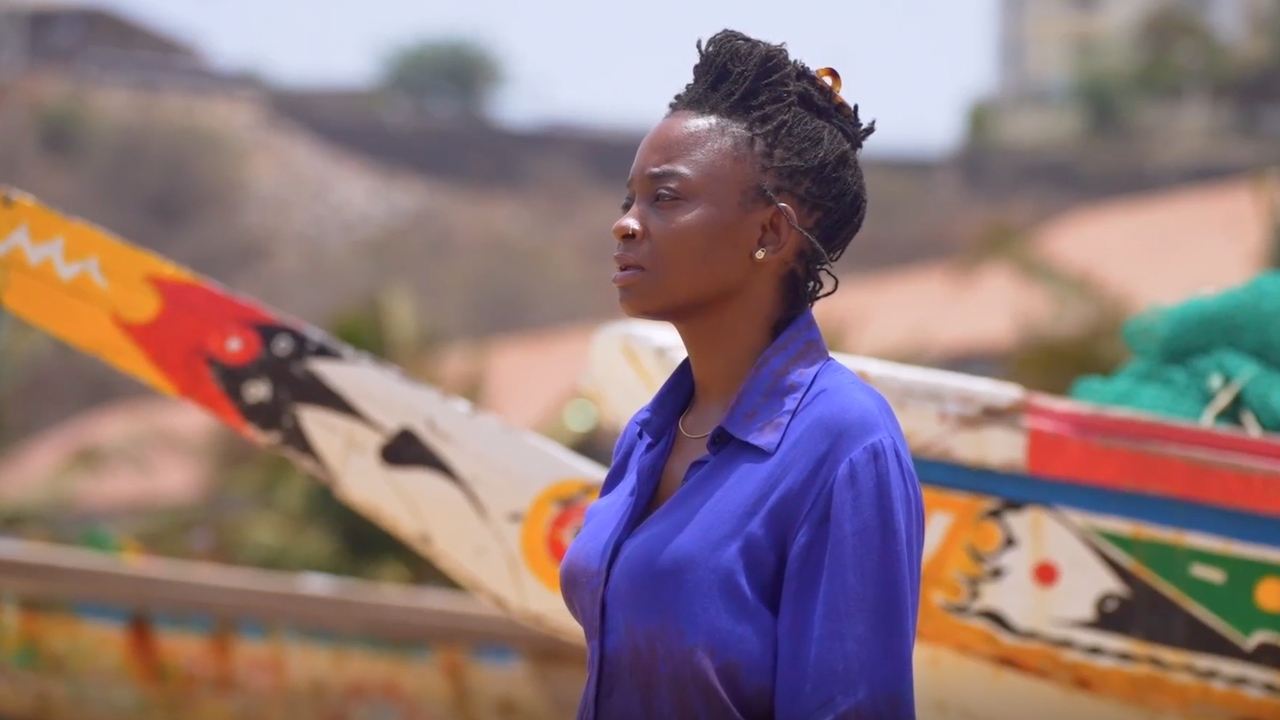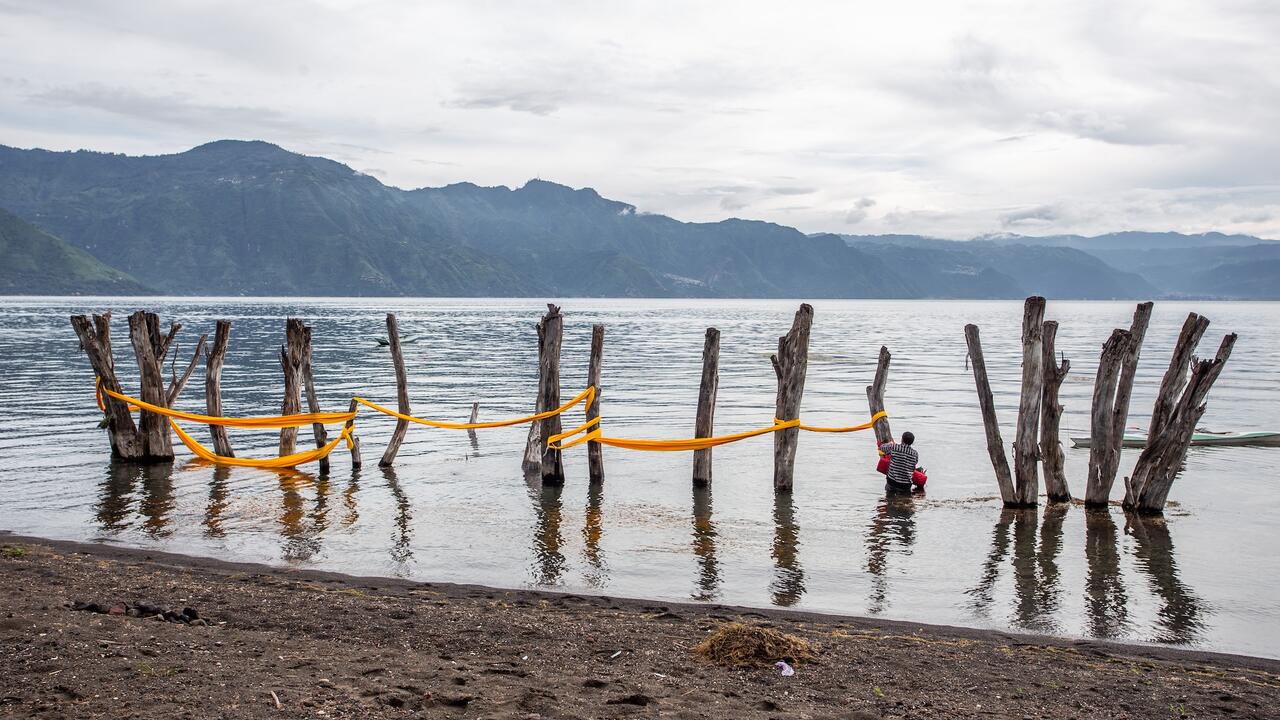London According to: Oswaldo Nicoletti from Nicoletti
A brave survivor of the East End, Nicoletti pushes the boundaries of physical and digital curation. Founder Oswaldo considers Vyner Street’s changing fortunes and picks some local highlights
A brave survivor of the East End, Nicoletti pushes the boundaries of physical and digital curation. Founder Oswaldo considers Vyner Street’s changing fortunes and picks some local highlights


Favourite restaurant/café in your area?
Ombra, at the corner of Vyner Street where the gallery is located, is the best Italian restaurant in the area. My Italian blood loves a good dish of pasta! Hill & Szrok on Broadway Market is a butcher during the day and a restaurant at night. The quality of the food is excellent and their wine cellar is full of rarities from ethical producers. They also play a lot of old-school hip hop, which I’m very fond of.

Best pub near the gallery?
The Victory. The greatest local pub you could find gathering Vyner Street’s diverse community. We organise some of our post-opening drinks there. Highly authentic place keeping tradition alive in a gentrified environment.

Your most recommended local business?
Our dearest neighbours 4COSE, run by the artist duo Cullinan Richards (Charlotte Cullinan and Jeanine Richards). This hybrid space is an Italian delicatessen conceived as an art installation. You’ll find the finest products there and they regularly organise exhibitions and other events. They have their studio at the back and I highly recommend a visit if you have the opportunity. Best neighbours gatherings!

Favourite museum or gallery in London?
Chisenhale for its rigorous programme of exhibitions supporting radical practices and projects. And a classic, but the Rothko room at Tate Modern is a must. I could spend endless time there. Time warp!

Favourite exhibition in London that you’ve been to recently?
‘Hilma af Klint and Piet Mondrian’ at Tate Modern. It was the first time I could experience the work of Hilma af Klint at this scale. The spiritual philosophy expressed in her paintings feels incredibly contemporary, especially regarding our vision of – and relationship to – the environment. The last room of the show presenting her most ambitious series of paintings exploring the cycle of human life was bliss.
I also loved Niklas Taleb: ‘Solo Yolo’ at Cell Project Space, curated by Adomas Narkevičius. I think Taleb has a fantastic eye when it comes to observing the oddities of daily life, beautifully capturing the slightly off moments of the everyday. The apparent simplicity of the display was systematically enhanced by dissimulated details, such as the frames made of simple glass sheets and tape as a joint to bind the ensemble.

Which emerging artist and/or art trend excites you at the moment?
I’m usually shy about self-promotion but we are working on a series of projects with artist Josèfa Ntjam in London this fall and I’m really excited to see how they will be received. It will start with her second solo at the gallery (opening 21 September), followed by a solo booth at Frieze Art Fair, and the presentation of her first live performance in the UK at Forma Arts Media on Saturday, 16 October. I’ve seen the rehearsals and I can only recommend attending what should be a powerful journey through sound, written poetry and video that intertwine reflections on Blackness and gender.

What’s great about your gallery’s location?
The history of Vyner Street within the London art community. This place used to be buzzing about 15–20 years ago, with galleries such as Modern Art, Wilkinson and Kate MacGarry, plus many artists’ studios and project spaces. Unfortunately, gentrification slowly killed this energy but the essence remains.

Tell us about the concept behind your gallery and the kind of artists you look out for
Nicoletti was created as a nomadic curatorial project with which we were organising thematic exhibitions with which we were exploring the role of aesthetics in addressing questions related to ecology, technology and identity. In 2019 we opened our gallery space on Vyner Street so that we could work more closely with artists. Since then, our programme has been dedicated to supporting the development of emerging artists whose practices deconstruct the boundaries between natural, historical and social processes, showing how these mechanisms, which tend to be addressed separately, are always already intertwined.

What changes have you seen in your local area since the gallery opened? What changes would you like to see in the future?
Since Modern Art relocated to Saint James’s during Covid, we are the only remaining gallery on Vyner Street, which is never a good thing for an art gallery. However, east London remains a vibrant area for art galleries and some very interesting new spaces such as Rose Easton and Sherbet Green opened very close to us so we’d like to see more of that happening in the future. But, let’s face it, the main change we’d like to see in the future is a form of regulation on space rents, which is always what stimulates/kills an area in the end.

What challenges are gallery owners/artists experiencing in your area?
As a result of inflation and cost-of-living crisis, one of the challenges we face as a young gallery is to support radical practices – or artists working with mediums that collectors are less used to acquiring. For emerging artists, it has become nearly impossible to rent a studio in Hackney now so they are being pushed further and further out of the city.
What sets the London art scene apart from that of other cities (your local art scene in particular)?
London has always been a prominent place in the arts, giving space and visibility to alternative and emerging scenes, ideas and movements. It’s fascinating to see how this city remains an epicentre for underground communities – from clubs, dance, music culture to visual arts and everything in between, the space and freedom seem to remain.

Why would you recommend this area to art fans new to London?
The east London art scene comprises a fantastique ecosystem of young galleries and more established ones such as the iconic Maureen Paley and Herald Street, which forged the appetite to develop a cultural space and art community in a diverse area. Culture should be decentralised and local communities encouraged to connect with art in a welcoming environment, and I think many spaces in east London try their best to fulfill that mission.

Best thing about London?
Its cultural diversity and sense of freedom to be yourself.
Worst thing about London?
The weather in July this year (and most of the previous ones).

Nicoletti, 12a Vyner St, London, E2 9DG @nicoletticontemporary
Main image: Nicoletti’s gallery front during Gaëlle Choisne’s solo exhibition in October 2022. The windows were painted by the artist as a site-specific artwork.
Thumbnail: Installation view: Josèfa Ntjam, Molecular Genealogies, 2021. NıCOLETTı. Photo by Theo Christelis.






















